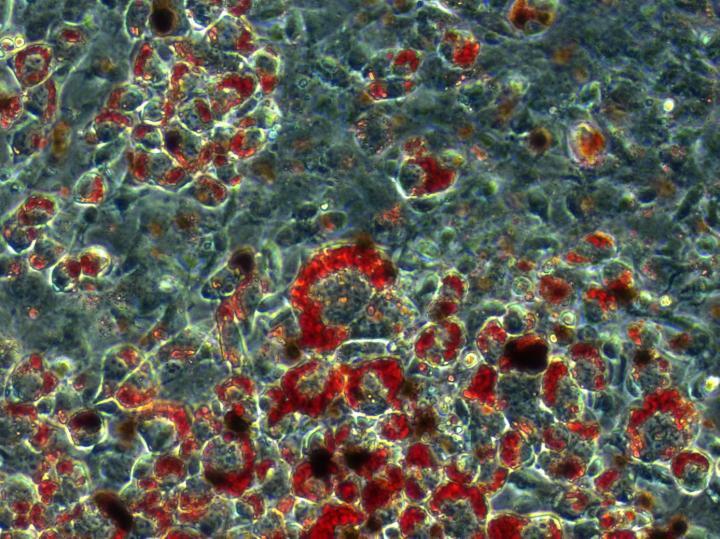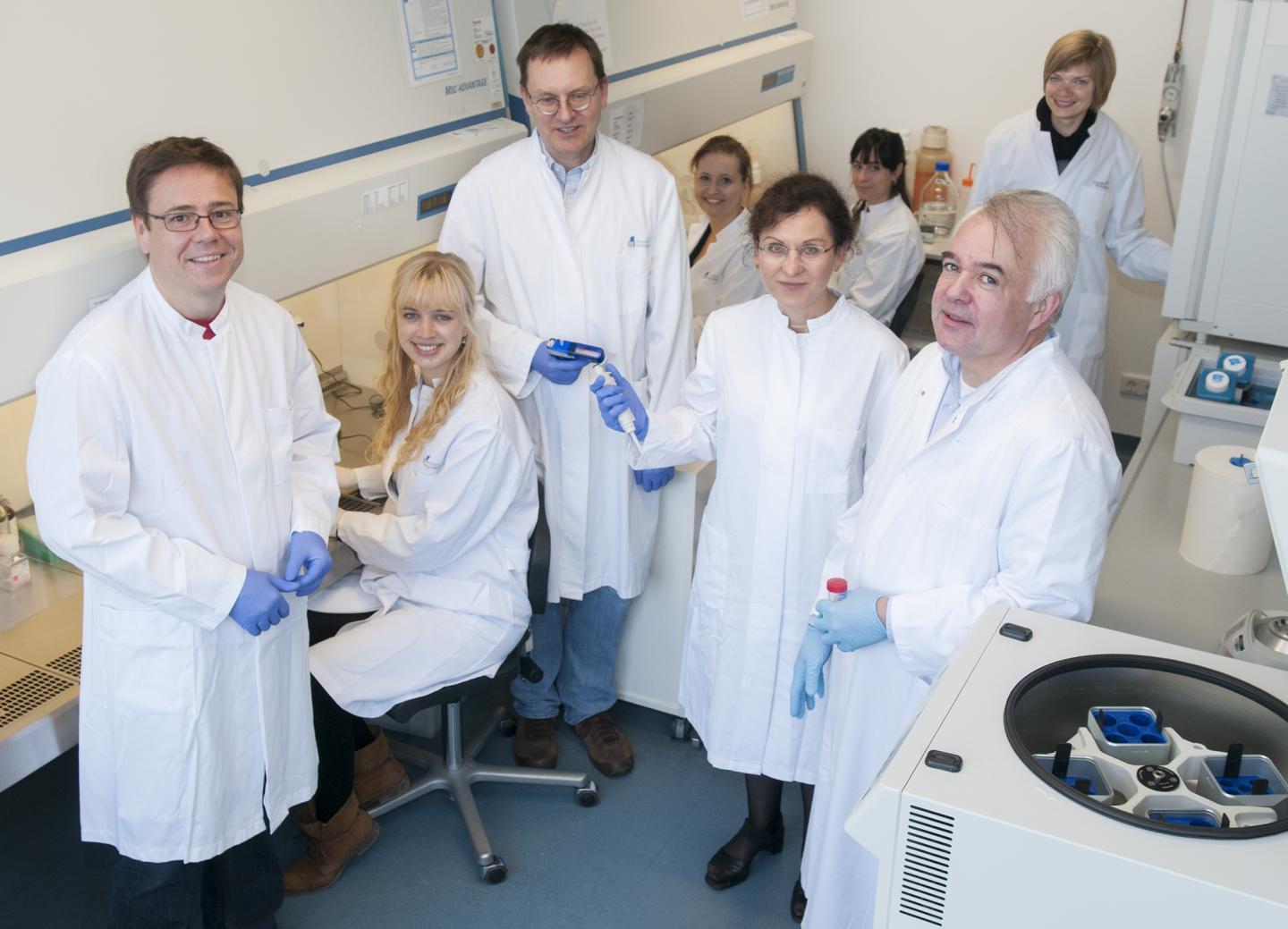Obesity was once only for the wealthy, then it was only for Americans and the science engine that made food cheap for all, but now globalization has made it possible for the rich and poor worldwide to be fat - which brings greater risk of suffering a heart attack, stroke and diabetes.
No one wants to eat less delicious food, but they would take a pill to shed fad and a team ed by Professor Alexander Pfeifer from the University Hospital Bonn believe they have come one step closer to that. They have found that a signaling molecule can stimulate brown fat and burn energy from food: The body's own adenosine activates brown fat and "browns" white fat.
Humans have two different types of fat: undesirable white fat cells which form bothersome "love handles", for example, as well as brown fat cells, which act like a desirable heater to convert excess energy into heat. "If we are able to activate brown fat cells or to convert white fat cells into brown ones, it might be possible to simply melt excess fat away" says Pfeifer.

Brown fat cells under the microscope. Lipids are in red. Photo: AG Alexander Pfeifer/UKB
Adenosine is typically released during stress. Crucial for transmitting the adenosine signal is the adenosine receptor A2A and the team discovered it is a signaling molecule capable of activating brown fat cells
Adenosine activates brown adipose tissue
"If adenosine binds to this receptor in brown fat cells, fat burning is significantly stimulated," says co-author Dr. Thorsten Gnad.
It was previously thought not possible for adenosine to activate brown fat. Several studies with rats and hamsters demonstrated that adenosine blocks brown fat.
However, the researchers from the University of Bonn were not mislead by these previous findings. In contrast, using brown fat cells removed from humans during surgery, the scientists investigated the signaling pathway for fat activation using adenosine. The results showed that rats and hamsters react differently than humans in this regard.
"The brown fat in mice on the other hand behaves just as in humans," summarizes Pfeifer.
"Browning" of white fat by adenosine
In addition, the research team investigated the possibility that adenosine transforms white fat cells into brown fat cells - a process termed "browning". White fat cells normally cannot be induced to burn excess fat by adenosine, as they simply lack the A2A receptor. For this reason, the team of scientists transferred the A2A receptor gene from brown fat cells to white fat cells in mice. Consequently, the white fat cells also have A2A receptors and start browning and burning energy.
Clinical application is still far off
As a result, it was possible for the researchers from the University of Bonn to comprehend the significance of adenosine for brown cells in mice and humans for the first time.
"Through the administration of adenosine-like substances, the mice actually lost weight," reports Prof. Pfeifer. However, many questions in this regard still need to be investigated.
For this reason, clinical application is still far off.

Dr. Thorsten Gnad, Saskia Scheibler, Prof. Dr. Alexander Pfeifer, Anja Glöde, Prof. Dr. Christa E. Müller, Laia Reverte-Salisa, Prof. Dr. Ivar von Kügelgen, Dr. Linda S. Hoffmann (from left). Photo: Claudia Siebenhüner/UKB




Comments